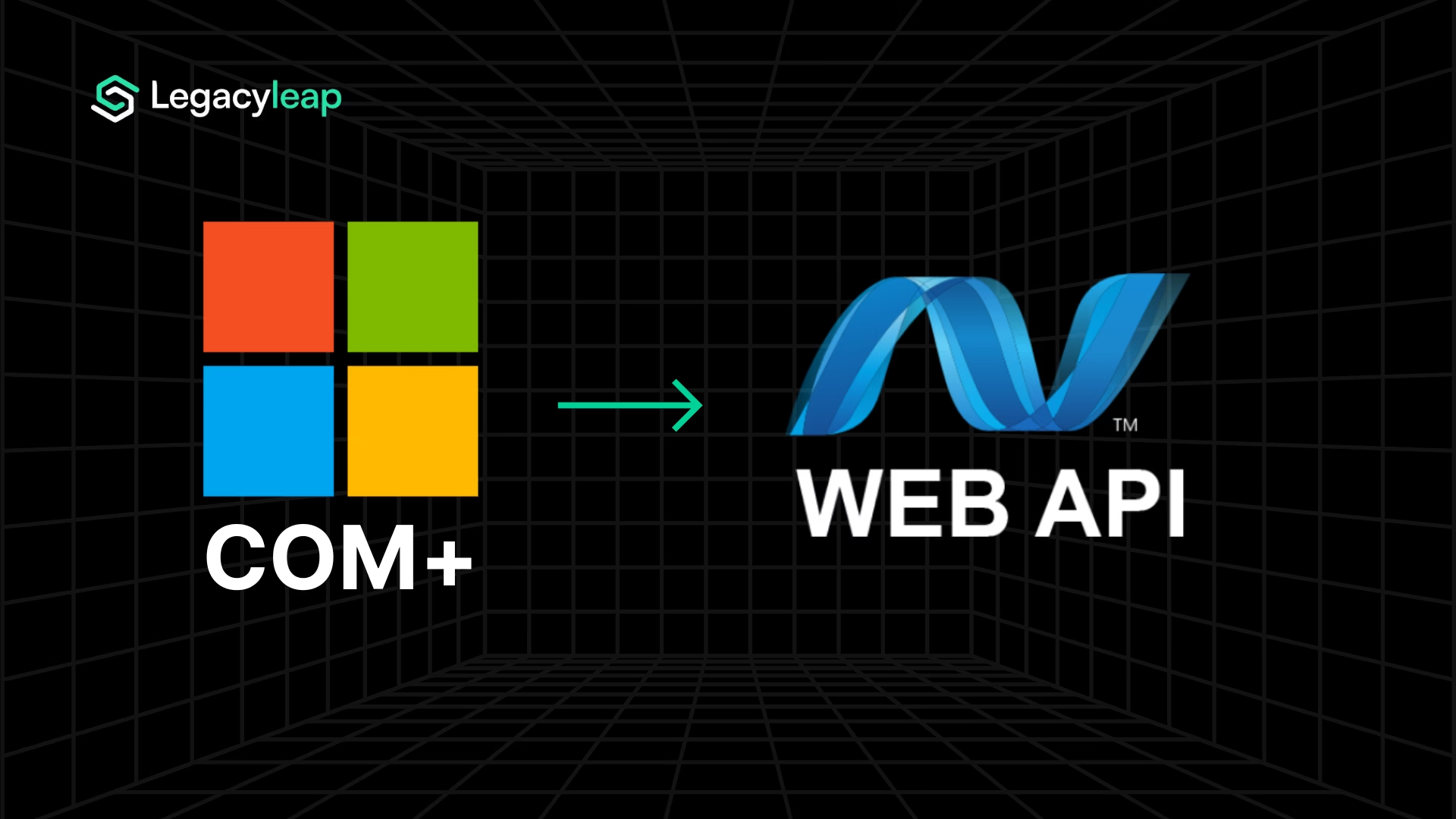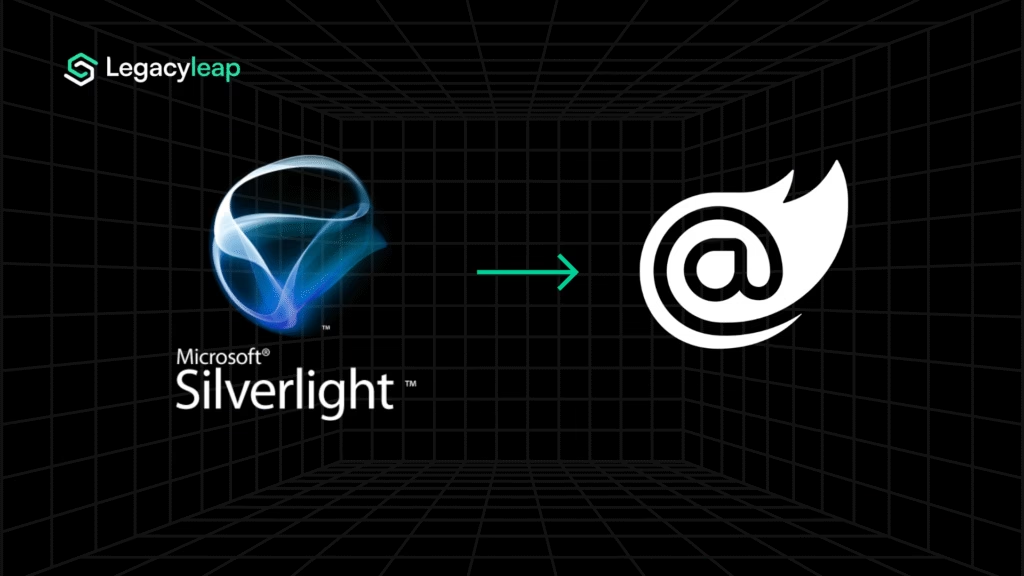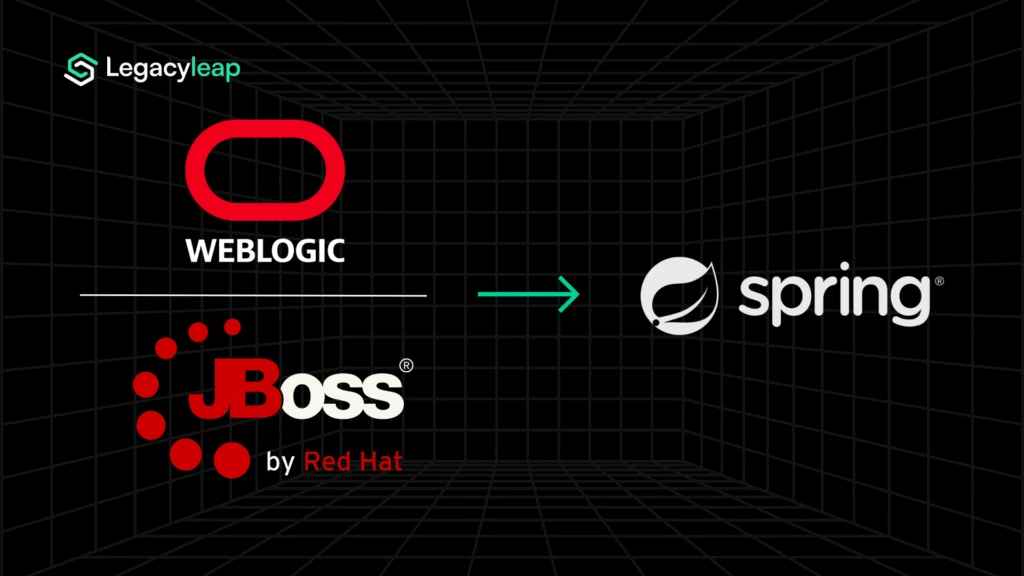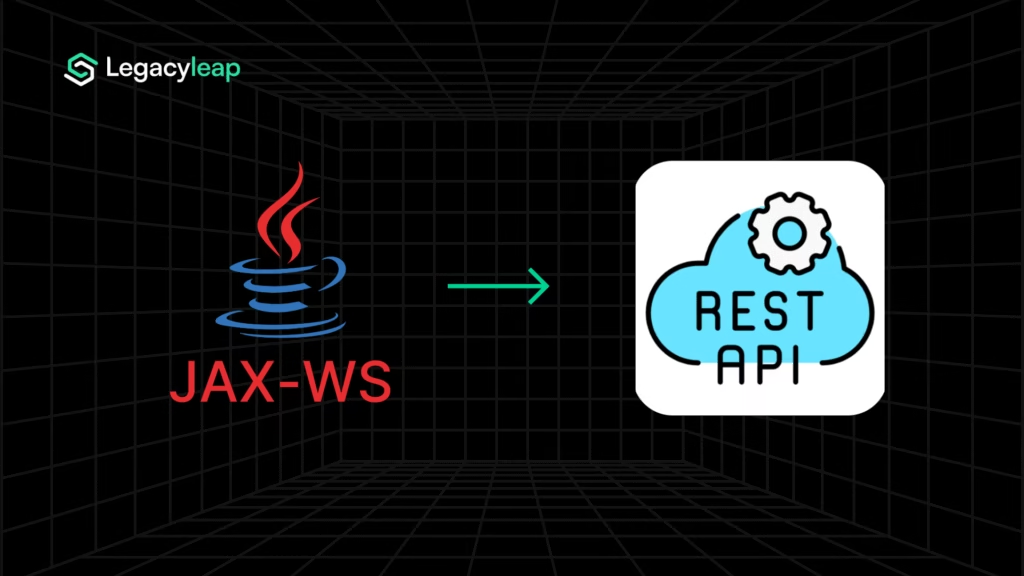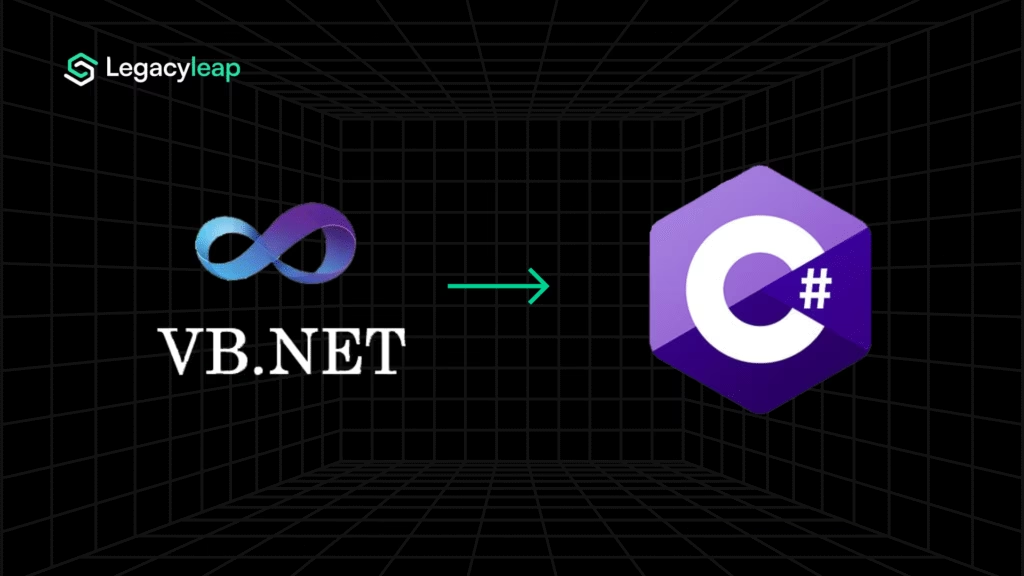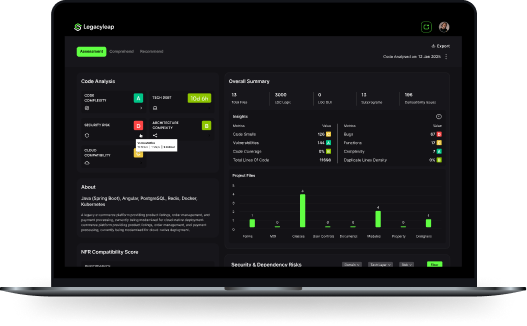Introduction: Why COM+ to .NET APIs Migration Matters
For enterprises still running COM-based applications, modernization is urgent. Three shifts have accelerated the timeline:
- COM+ dropped in .NET 6+: Microsoft removed System.EnterpriseServices, ending support for COM+ features like transactions, activation, and pooling.
- DCOM hardening enforced in 2023: Stricter authentication (KB5004442, CVE-2021-26414) broke remote COM workloads, including OPC Classic in industrial settings.
- Talent scarcity: COM expertise has disappeared from the developer pipeline, leaving enterprises with critical systems few can maintain.
For CIOs and CTOs, these aren’t abstract concerns. They mean higher compliance exposure, fragile security posture, and escalating maintenance costs. Classic COM systems may still run, but with each quarter, they become harder to secure, staff, and evolve.
This blog explores the business payoff of moving to modern .NET APIs, the challenges that make COM migration brittle, and how Gen AI with Legacyleap enables faster, safer, and verifiable modernization.
What Modern .NET Delivers Over COM
Migrating from COM to supported .NET APIs unlocks tangible enterprise outcomes:
| Dimension | COM (Legacy) | Modern .NET APIs |
| Interop model | RegAsm registration, fragile GUID reuse | Registration-free COM via comhost.dll, consistent deployment |
| Security posture | Exposed to DCOM vulnerabilities (CVE-2021-26414) | Hardened authentication, mapped to supported .NET security models |
| Cloud readiness | Windows-only, server-bound | Cross-platform, container-ready, CI/CD integration |
| COM+ features | Transactions, pooling tied to Enterprise Services | Modern equivalents: System.Transactions, message queues, async patterns |
| Talent availability | Shrinking, legacy-only | C# pool (27.8% of devs) — sustainable hiring and training |
Key enterprise payoffs:
- Reduced compliance risk → remove fragile DCOM dependencies and unsupported Enterprise Services.
- Stronger security posture → align with modern authentication and vulnerability patching.
- Cloud-native deployment → package apps into containers and CI/CD pipelines that COM could never support.
- Sustainable developer pool → access modern C# talent instead of relying on scarce COM specialists.
For technology leaders, the message is clear: modern .NET is a future-ready foundation for cloud, security, and talent strategies.
COM+ Migration Challenges Enterprises Face
COM migrations are notoriously fragile. The blockers are technical on the surface, but they translate into real business risk when handled manually:
- Registration complexity:
- Legacy RegAsm/registry-based workflows are replaced with comhost.dll and reg-free packaging in .NET 6+.
- Enterprise risk: small mistakes in registration lead to runtime failures and extended outages.
- Legacy RegAsm/registry-based workflows are replaced with comhost.dll and reg-free packaging in .NET 6+.
- Marshaling pitfalls:
- Differences in type handling (BSTR, SAFEARRAY, long size mismatches, STA vs MTA apartment models).
- Enterprise risk: subtle bugs that surface late in production, eroding trust in modernization.
- Differences in type handling (BSTR, SAFEARRAY, long size mismatches, STA vs MTA apartment models).
- Bitness mismatches:
- 32/64-bit coexistence and GUID reuse complicate deployments.
- Enterprise risk: broken packaging pipelines, rollback delays, and higher support cost.
- 32/64-bit coexistence and GUID reuse complicate deployments.
- COM+ feature gaps:
- Transactions, pooling, and activation do not port directly to .NET.
- Enterprise risk: loss of critical business functions if not mapped to modern equivalents (System.Transactions, queues).
- Transactions, pooling, and activation do not port directly to .NET.
- Office interop fragility:
- Office COM interop works in .NET 6+, but is brittle with updates.
- Enterprise risk: business-critical automations breaking with patch cycles.
- Office COM interop works in .NET 6+, but is brittle with updates.
Traditional strategies exist like RCWs/CCWs, C++/CLI bridges, replacing DCOM calls with REST/gRPC. But they are manual, resource-heavy, and dependent on scarce COM expertise. For portfolios of dozens or hundreds of COM components, manual migration is slow, brittle, and unscalable.
How Gen AI Makes COM+ Migration Easier and Safer
Manual COM migrations stall because of complexity and scale. Copilot-style tools can generate snippets, but they don’t understand interop contracts, marshaling semantics, or COM+ equivalents. Gen AI, when combined with compiler-grade guardrails, flips the model from brittle rewrites to structured modernization:
- Undocumented interfaces → auto-documented
- COM interfaces reverse-engineered into plain-English documentation, Swagger specs, and technical summaries.
- Impact: closes decades of missing records, reducing SME dependency.
- COM interfaces reverse-engineered into plain-English documentation, Swagger specs, and technical summaries.
- Hidden dependencies → mapped
- Dependency graphs capture upstream/downstream impacts of COM components.
- Impact: leaders see complete system scope before migration begins.
- Dependency graphs capture upstream/downstream impacts of COM components.
- COM+ features → mapped to .NET
- Transactions, pooling, and activation patterns replaced with supported equivalents (System.Transactions, async factories, queues).
- Impact: no silent functional loss during cutover.
- Transactions, pooling, and activation patterns replaced with supported equivalents (System.Transactions, async factories, queues).
- Interop wrappers → validated
- Marshaling code generated with compiler checks, tested against legacy COM behaviors.
- Impact: type mismatches resolved before go-live, reducing regression risk.
- Marshaling code generated with compiler checks, tested against legacy COM behaviors.
- Parity-first validation
- Golden workflows from COM apps replayed against .NET APIs, with regression tests auto-generated.
- Impact: 100% functional parity validated before cutover.
- Golden workflows from COM apps replayed against .NET APIs, with regression tests auto-generated.
The enterprise outcome:
- Predictable migration timelines (multi-year COM rewrites compressed into 2–4 months).
- Lower reliance on scarce COM experts.
- Functional certainty before rollout, reducing business disruption.
With Gen AI plus compiler rigor, COM to .NET migration is a managed, verifiable modernization program.
Legacyleap in Action: Predictable COM to .NET Modernization
Enterprises don’t need theory, they need predictable results. Across modernization programs, Legacyleap has consistently delivered quantifiable outcomes that reduce effort and risk while accelerating time to production:
- Up to 70% automation in transformation workflows.
- 60–80% reduction in manual effort, freeing scarce engineering capacity.
- 40–50% faster delivery timelines: projects that typically take 6–12 months completed in 2–4 months.
- 90%+ automation in test generation and deployment artifact creation.
- Functional parity-first validation, leading to near-zero regressions at go-live.
Additionally, you also get:
- 100% interface coverage
- COM components are parsed into ASTs and MLIR, then stored in Neo4j-powered graphs. Every interface, GUID, registry dependency, and marshaling rule is mapped before migration begins.
- Outcome: no hidden contracts or runtime surprises.
- COM components are parsed into ASTs and MLIR, then stored in Neo4j-powered graphs. Every interface, GUID, registry dependency, and marshaling rule is mapped before migration begins.
- Marshaling verified against COM behavior
- Wrapper code generated and validated against legacy marshaling semantics (BSTR, SAFEARRAY, STA/MTA).
- Outcome: type mismatches caught in advance, not in production.
- Wrapper code generated and validated against legacy marshaling semantics (BSTR, SAFEARRAY, STA/MTA).
- COM+ feature replacement
- Transactions, pooling, and activation mapped to supported .NET equivalents (System.Transactions, DI factories, message queues).
- Outcome: business logic preserved, with cloud-ready replacements.
- Transactions, pooling, and activation mapped to supported .NET equivalents (System.Transactions, DI factories, message queues).
- Compliance-grade assurance
- DCOM risk scans highlight hardened protocol exposure. All modernization steps run inside enterprise boundaries — no external API calls.
- Outcome: audit-ready modernization aligned to SOC 2, HIPAA, and enterprise security standards.
- DCOM risk scans highlight hardened protocol exposure. All modernization steps run inside enterprise boundaries — no external API calls.
- Functional parity-first validation
- Golden workflows replayed against .NET APIs. Regression tests auto-generated and wired into CI/CD pipelines.
- Outcome: 100% functional parity validated before cutover.
- Golden workflows replayed against .NET APIs. Regression tests auto-generated and wired into CI/CD pipelines.
- Deployment artifacts out of the box
- Dockerfiles, Helm charts, and Terraform scripts are generated to accelerate containerized rollouts.
- Outcome: COM-era systems modernized directly into cloud-native pipelines.
- Dockerfiles, Helm charts, and Terraform scripts are generated to accelerate containerized rollouts.
Enterprise outcomes:
- Timelines cut from 6–12 months to 2–4 months.
- Lower reliance on scarce COM engineers.
- Reduced compliance and audit risk.
- Predictable modernization scope with validated outcomes.
Plan Your COM+ to .NET Migration with Confidence
The signals are clear: COM+ support is gone in .NET 6+, DCOM hardening is mandatory, and COM expertise is disappearing. Each release cycle compounds the risk of running unsupported, fragile systems.
Modern .NET APIs offer a sustainable alternative: cleaner interop, stronger security, cloud-native deployment, and access to a viable developer talent pool. But execution is the challenge — manual rewrites and brittle bridging strategies consume months of effort, depend on scarce expertise, and often break critical workflows.
Legacyleap changes the playbook. With compiler-grade coverage, marshaling validation, compliance-ready mapping, and CI/CD parity gates, COM to .NET migration becomes safer, faster, and verifiable at enterprise scale.
Start with a $0 COM to .NET modernization assessment. In under two weeks, you’ll get a full dependency map, DCOM risk scan, feasibility report, and auto-generated documentation.
FAQs
Legacyleap inventories external COM libraries, then recommends .NET-compatible wrappers or alternate APIs. It validates each mapping with parity tests and flags areas requiring manual validation to prevent regressions.
Yes. Legacyleap supports hybrid deployments, enabling COM and .NET modules to coexist safely using interop bridges and marshaling rules until full cutover is complete.
Absolutely. Using Gen AI-powered dependency graphs and module segmentation, Legacyleap enables phased modernization, starting with low-risk modules while legacy components continue to run.
Legacyleap validates API mappings using compiler-verified IRs and semantic equivalence checks. It tracks breaking changes and aligns versioning to .NET Core standards to avoid conflicts in CI/CD pipelines.
With compiler intelligence, auto-generated test suites, and prebuilt modernization workflows, Gen AI typically compresses COM migrations from a year to 2–4 months, without sacrificing validation or reliability.


